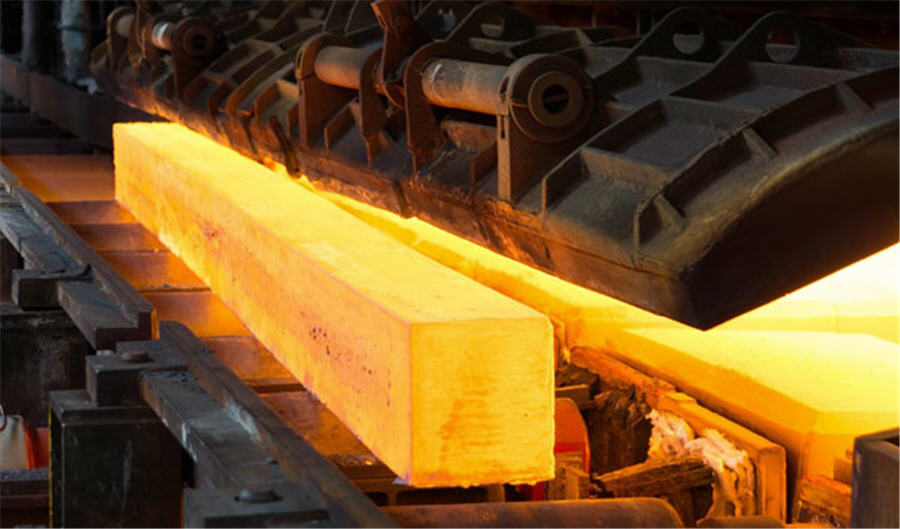
China’s climate policy is poised to do what years of international pressure couldn’t — halt the growth of the world’s biggest aluminum industry.
As policymakers in China puzzle over how to meet President Xi Jinping’s goal for carbon neutrality by 2060, the industry that relies heavily on coal-fired power is in the government’s crosshairs. A recent halt on new projects by one major aluminum production hub triggered talk of a wider blitz that could end a decades-long expansion to capture almost 60% of global output.

Peak production will come sooner than the 2025 target anticipated by top smelters, according to five traders and analysts surveyed by Bloomberg. Goldman Sachs Group Inc. expects a global supply deficit from this year, stretching to at least 2023. That prospect helped push aluminum futures in Shanghai to a decade-high last week.
Inner Mongolia, a northern province, will stop approving new aluminum projects after getting upbraided by Beijing last month for failing to control energy usage in 2019. The province is one of China’s coal-rich areas where aluminum producers have sprung up to enjoy cheap but dirty coal-fired electricity.
President Xi singled out the province during the country’s annual parliament that’s underway in Beijing. Authorities there should pursue eco-friendly policies including lower carbon emissions while speeding up development, he said at a panel discussion, according to a radio report.
“Energy consumption will be a red line that puts an explicit constraint on supplies of aluminum,” Wang Rong, chief metals analyst with Guotai Junan Futures Co. in Shanghai. “It’s reasonable for the market to expect restrictions in Inner Mongolia to spread to other production areas, as China is aggressively pursuing carbon neutrality.”

This pivot could shake up prospects for aluminum, used in everything from cars to window-frames. Prices have been plagued over past decades by consistent supply gluts, partly due to aggressive expansions in China’s cheap-energy regions. Aluminum could also offer a test for how one of the Communist Party’s top priorities is enforced by local governments and companies.
China has rejected claims that its rise to dominate the aluminum world contributed to the decline of western production hubs. Its output last year rose to a record 37 million tonnes, more than ten times the volumes in western Europe. China’s exports expanded aggressively to hit a record in 2018, triggering tensions with overseas rivals and calls for China to rein in capacity.
Chinese producers have faced waves of trade measures from India to Brazil and Europe, and aluminum was an early target of Donald Trump’s America-First agenda. His tariffs on aluminum and steel imports, launched on national security grounds in 2018, were “effective,” President Joe Biden’s commerce secretary said Thursday. That’s despite mixed results and continued complaints from aluminum buyers.
China’s lawmakers opened the country’s legislature, the National Peoples Congress Friday with some more green targets for 2025. Those included reducing carbon emissions per unit of economic growth by 18% up to 2025, and getting 20% of energy from non-fossil fuel sources by 2025.
Aluminum, accounting for about 3.6% of the country’s emissions, is a target along with other carbon-heavy sectors like steel and cement.

“China’s decarbonization policy targets are becoming an increasingly immovable block to any future expansion trends in China’s smelting sector,” Goldman analysts including Nicholas Snowdon said in a note. “The emerging risk is that provinces decide medium energy consumption targets are not congruent with the current size of the aluminum smelting sector.”
To be sure, there are few expectations of output shrinking any time soon. But with demand growing strongly, there’s the prospect of deficits in China fueling a global shortage. The global aluminum market faces a supply shortfall of 400,000 tonnes in 2021, before much bigger gaps in 2022 and 2023, Goldman said.
Any more restraints on China’s aluminum industry could even open up more frequent opportunities for the rest of the world to sell to China. There were glimpses of that last year when imports of unwrought aluminum shot up to their highest since 2009.
(By Alfred Cang)
Comments